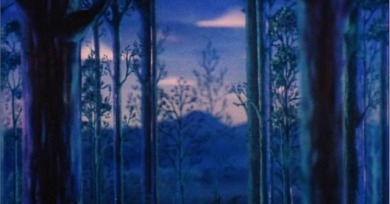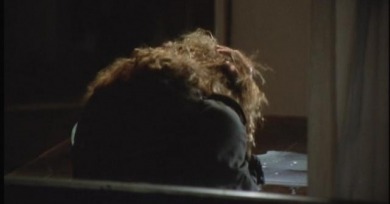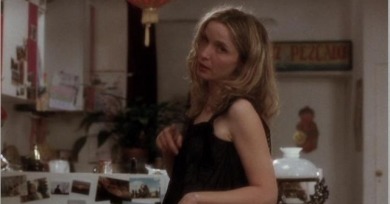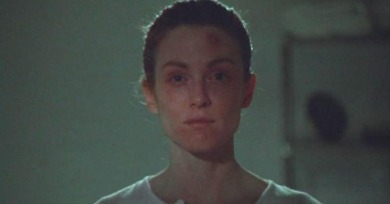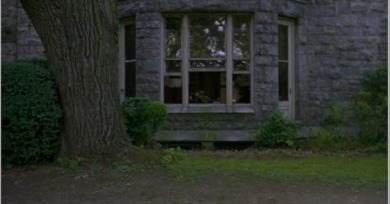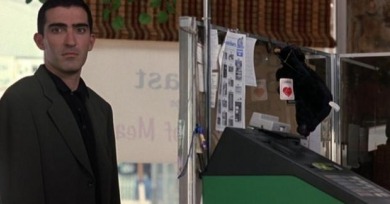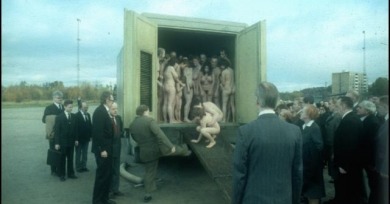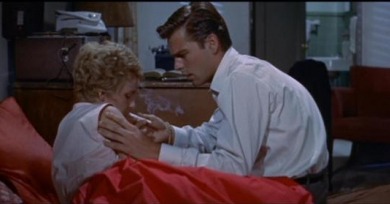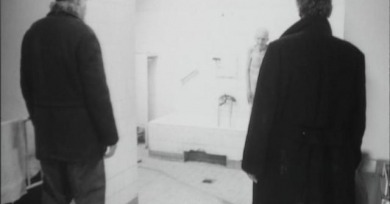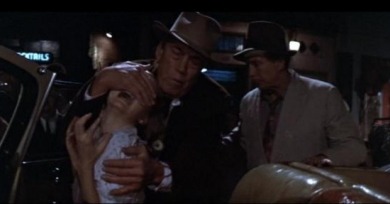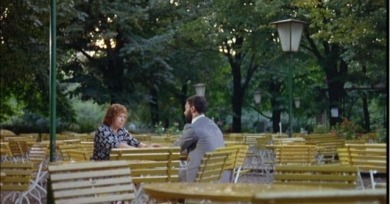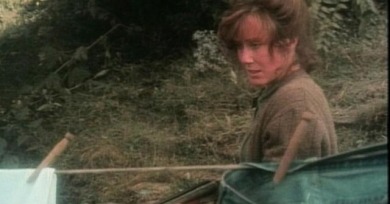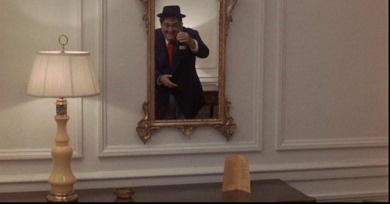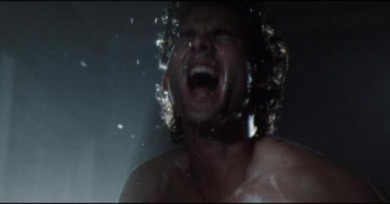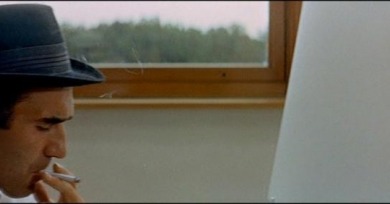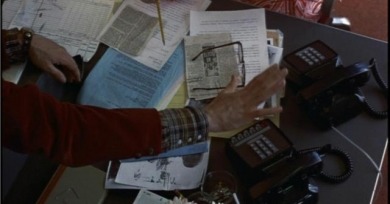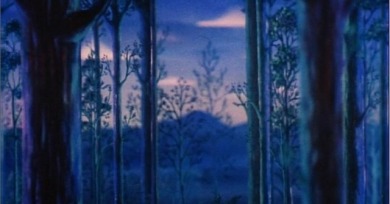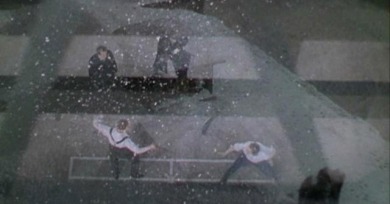Take One
Take One inaugurates an ongoing series of symposiums in which our writers will tackle the whole of a film through some fundamental piece of cinematic construction: an edit, musical cue, color, and so on.
The hair, the hands, the sobbing, and the obscured milk: just a few seconds of rather ordinary—if direct and emotionally effective—film. It doesn’t hold much value out of context, but in A Short Film About Love—as in all of Krzysztof Kieslowski’s cinema—context is everything.
Satyajit Ray’s 1960 film Devi is a humanist work, but its interest in what exactly we do when we look at someone or something almost fragments the emotion we feel in watching it.
It delivers to its audience exactly what it needs—an openness that stays true to the soul of the film—and yet the opposite of what it craves, which is for the two to, well, ride off into the sunset together; this tension imbues the final shot with an aching duality.
Todd Haynes’s Safe, while breathing almost exclusive whiteness all the way through the narrative, fully addresses the racial problematics at the core of the compartmentalized layout of Los Angeles and its neighboring towns.
In Last Days, a not-really-veiled fictional account of Kurt Cobain’s end times in an ailing country castle, Van Sant’s implicit concerns with creative ownership and the figure of the artist are finally met explicitly by the film’s subject: visionary, hermetic, drug-numbed alternative musician Blake.
What constitutes a Moment and why does Lynch continually seek it? Firstly, a Moment is the time it takes for Something to happen. For Lynch, down time cannot exist in cinema—Something must occur, whether strange, silly, sensational, sick, sexy, or sad. But never frivolous.
Where are we? When are we? But there’s no question about what we’re looking at. The names and places and whys are irrelevant: this is what genocide—actual, unimagined, twentieth-century genocide—looks like.
There’s little, narratively speaking, to suggest a work of weight and nuance, and yet Oswald accomplishes it, crafting a visually complex film. It all begins with the film’s second shot.
In a cinema so obsessed with the idea and integrity of the shot, singling out this one instance for examination is a gesture worthy of Solomon.
The wrong people get murdered, the wrong people get fucked, and you are as responsible as anyone. Better to just gouge out your eyes so as to never have to see anything as horrible as the truth again. Forget it, Jake, it’s Chinatown.
Capricorn is unlike any other Hitchcock film in the relative freedom it gives the audience to decide what to look at and what to respond to, which is why it always seems to change slightly after every viewing.
We are with them, in medium-close shot, feeling their pain throughout this cathartic conversation—suddenly the camera pulls back and twists us around, until we, too, are staring at them from a distance, as they sit, alone and isolated.
Though invariably praised for the intelligence of his writing, Sayles is rarely singled out for visual flair. His integrity and earnestness have caused many commentators to label his movies worthy but dull, lacking both esthetic daring and technical pizzazz.
A man in medium close-up, sweat-drenched, crying out in what might be pain. His exposed chest suggests a state of undress and, coupled with the copious beads of moisture dripping down from and flying off of his body, it doesn’t take too much of a leap before we assume the conjugal worst.
This shot announces, “Bored yet? You should be, for crying out loud!” The camera itself is bored. How can a camera even be bored, or express boredom? This movement neither matches the action (by focusing on who is speaking) nor provides a reaction shot for the party being spoken to.
To the viewer, the sense that this shot might be anything out of the ordinary is barely evident, almost a nagging afterthought.
Fantasia, huge in concept, design, and unveiling, stands as the ultimate expression of Disney’s Wellesian, or perhaps Charles Foster Kane–like stature, the work of a genius, with more than a hint of megalomania.
A virtuoso shot, and one with more than an echo of the famous “unbroken” take craning into Susan Kane’s nightclub a mere two years previous. But Michael Powell’s willfully grandiose gesture carries far more resonance than Welles’s masterful showboating.
